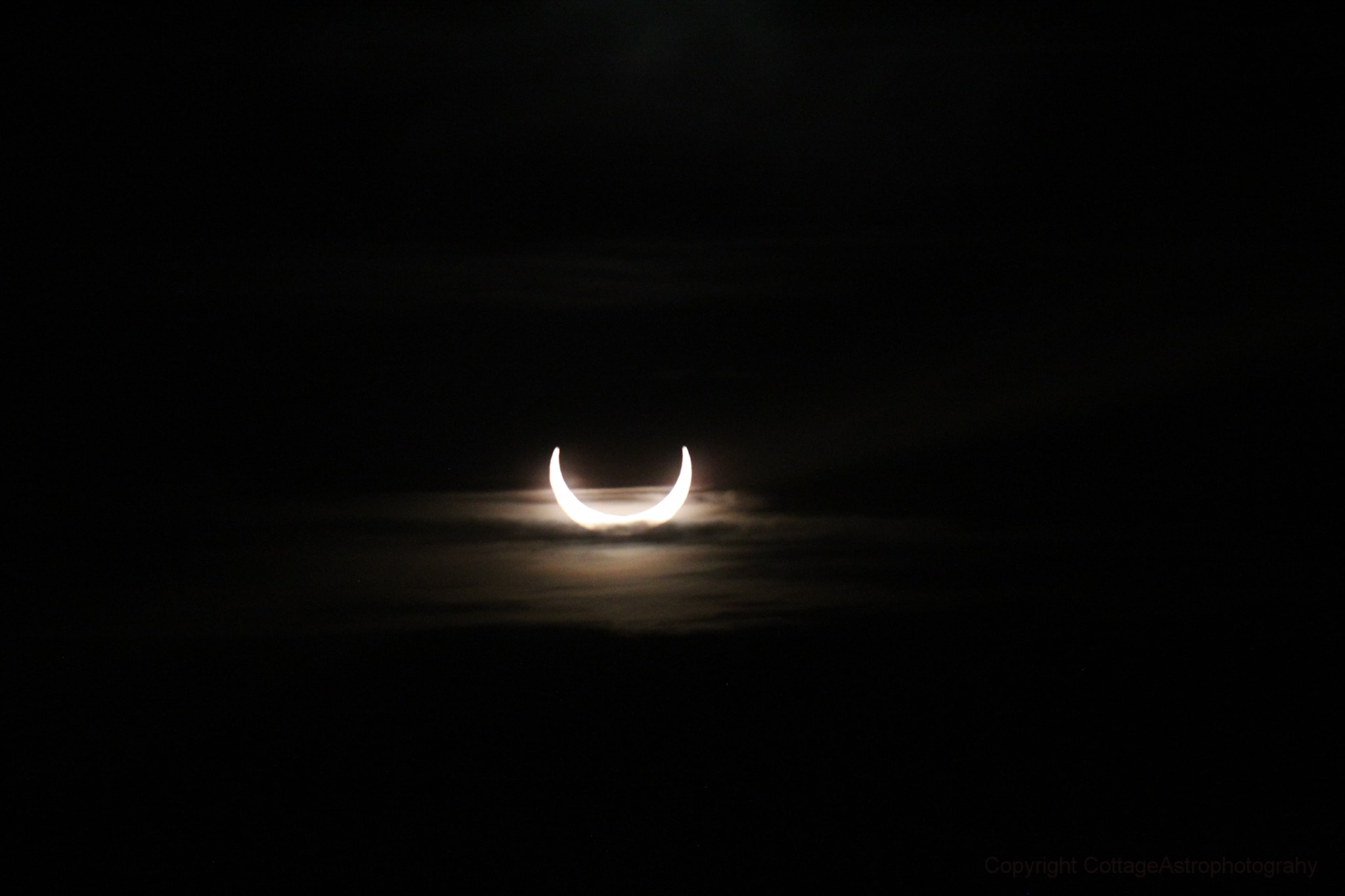About the June Solar Eclipse
The partial solar eclipse in June 2021 was a celestial event that captivated the attention of skygazers across the world. It was the first eclipse of the year and took place on June 10th, starting at around 6:00 PM GMT. The event was visible in various parts of Europe, Asia, and North America, with varying degrees of coverage depending on the observer’s location. During a partial solar eclipse, only a portion of the sun is obscured by the moon, which creates a unique and awe-inspiring sight for those who were able to witness it.
The partial solar eclipse of June 2021 was a partial annular eclipse, which occurs when the moon passes in front of the sun but is not large enough to completely cover it. This results in a bright ring, or annulus, appearing around the moon’s edge. The annular phase of the eclipse lasted for around 12 minutes and was visible from some parts of Canada, Greenland, and Russia. Observers in these regions reported a stunning sight, with the sun appearing as a bright ring surrounded by the dark moon.
Aside from being a visually stunning event, the partial solar eclipse of June 2021 also had a significant impact on the scientific community. Astronomers and researchers used the event to gather data and make new observations about the sun, the moon, and the behavior of the solar system. By studying the eclipse, scientists hope to gain new insights into the physical processes that govern our solar system and the universe at large. In addition to providing a beautiful display for skygazers, the partial solar eclipse of June 2021 has the potential to contribute to our understanding of the cosmos in meaningful ways.
My Capture of the Eclipse

